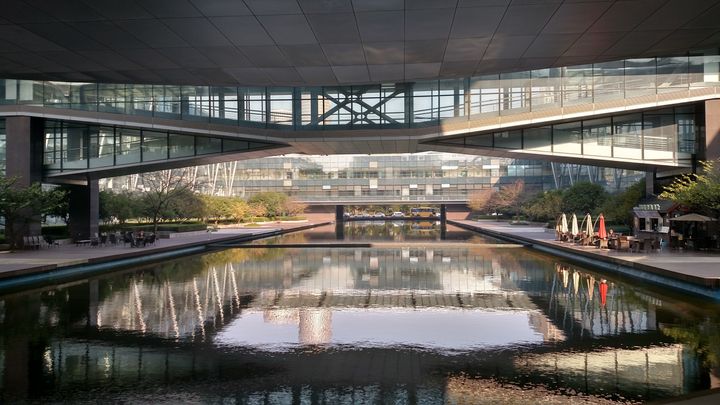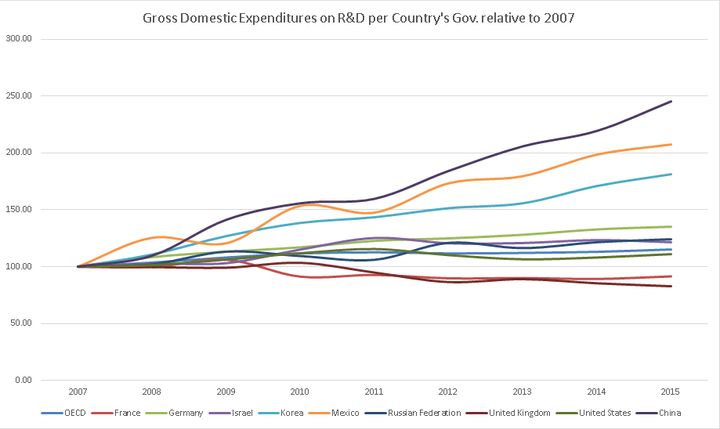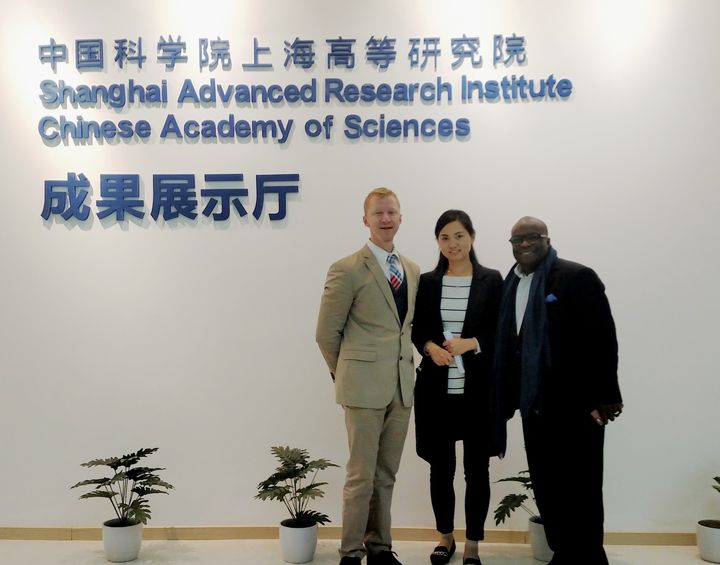By: Nate Robinson
Learning Mandarin isn’t easy. Establishing a system of innovation and catalyzing R&D isn’t easy either, especially in a country with over one billion people. This is particularly true with successive generations of poverty, a structure established to punish failure, and an education system that emphasizes memorization over original thinking. Technologically and economically, China has emerged from a model of seclusion to imitation. My time in China revealed a consistent emphasis on and need for that next step, from imitation to innovation.
China has over 1,500 R&D centers established by foreign companies, and their own investment in global R&D is also booming. With the world’s fastest train, two of the quickest supercomputers, and the first quantum satellite, China’s innovation culture is ascending. One need only look to the huge rise in Chinese patents and scientific publications. That rise, however, has been met with increasing attention to the sometimes lower quality of these patents, or suspect integrity of the publications [1] [2], suggesting the imitation model persists. To understand whether it’s imitation or innovation, understand Zhōng.

Hangzhou High Tech Zone and Business Incubator, Hangzhou, China
Officially entitled the People’s Republic of China (PRC), the Mandarin name of China is “Zhongguo” (中国). This can be read as the “middle nation,” where “middle” is Zhōng, 中. An anecdotal explanation for the term “middle nation” is that the Chinese do not wish to be at the extremes but to be centered. The character 中 has been interpreted to represent an arrow through the center of the target. Perhaps if I were a better scientist, I would research the etymology, but I liked this story. This effort toward the center needs to be a lens to view the state of the PRC, including its cultural, economic, educational, and R&D systems.
I think of my time sipping hot tea in various smoky cafés in China and watching old men set aside their dinner to gamble on Mahjong or dou dizhu. This penchant for gambling is not limited to sidewalk cafes. China, as a nation, is betting on science and technology as its next means for economic development and social planning. Beijing has a clear focus on an innovation and knowledge-based economy that comes from its recognition of progressive trends in the developed world. The thick, murky air that hangs over Beijing is one indicator that China needs science and technology, and the innovation that comes with it, particularly when it relates to the city’s and country’s pollution problems. As I was repeatedly told, the historic model of large-scale investments, cheap labor, and favorable currency exchange rates resulted in a polluted environment with overcapacity in manufacturing, underutilization of talent, and unsustainable resource use. A challenge for China is to utilize its vast labor force through an effective education and financial system with pinpointed public investment. The path forward is an effort to find the middle, Zhōng, between high tech and social innovation versus central planning and controls.

Gross domestic expenditures on R&D by performing sector, Index 2007=100 (Constant USD PPPs); Source for data on selected countries: OECD estimates based on OECD Main Science and Technology Indicators Database, February 2017.
Courtesy of my Eisenhower Fellowship, I spent five weeks trekking through China, talking with industry leaders, government officials, and academics. I saw labs stocked with equipment, researchers funded to innovate, and startup hubs ready to take innovation to market. The leaders of the Communist Party of China (CCP) are staking the future of the country, and the CCP itself, on innovation and technology. This future hinges on educational opportunities, economic rise, and the continued expansion of the Chinese middle class. Market reforms lifted hundreds of millions of Chinese out of poverty (680M people from 1981-2010) [3]. China melds a unique brand of socialist market economy with a mix of capitalist elements managed by the CCP, two opposing sides finding a middle, Zhōng.

USA 2016 Fellows Nate Robinson, left and Cordell Carter, right, at the Shanghai Advanced Research Institute, Nov. 2016.
The move toward a market economy accompanies a rise in individualism, and the opportunity to create one’s own fate (or fortune). This is paralleled by the Chinese cultural shift toward risk. Innovation and risk are intimately connected, both for the individual and the country. I met ambitious young Chinese who, in contrast to previous generations, do not eschew uncertainty and failure, and are comfortable promoting self over community. The CCP is cautious about this move toward individualism, with its potential to threaten social cohesion, while at the same time supporting the exploration, self-determination, and reward that drive innovation. Wired Magazine noted that the “stay safe and don’t risk it” culture is being swept aside for a new culture of risk-taking innovators [4]. Yet the Harvard Business Review gave us a contradictory argument in its 2014 article, “Why China Can’t Innovate” [5]. Again, it is the search for Zhōng, that middle, and to say one is being abandoned for the other is to miss the richer story of China and what is taking place.
Two sides appear for every aspect of the PRC. On one, large amounts of money, attention, and time are dedicated to innovation systems and R&D. The other side has misalignments with layers of government, coordination, and incentives leading to ineffective funding distribution and performance hurdles. The PRC faces the challenge of moving to a more innovative, market-based culture and economy, which may require further structural reforms and adoption of risk by the CCP akin to the entrepreneurs they hope to stimulate.
We in the U.S. have much to learn about this concept of balance and finding middle ground as we grapple with new political leadership and the potential for changing policies on education, research, and China. Much like China, we’re looking for the balance between left and right, trying to find what we really need – our own Zhōng.
Nate Robinson is a 2016 Zhi-Xing China Eisenhower Fellow and is Assistant Vice President of the University of Texas at El Paso (UTEP). Follow him on Twitter @natezenmaster. Eisenhower Fellowships is a global network of leaders committed to creating a world more peaceful, prosperous and just. These are the views of the author, and do not necessarily represent the views of Eisenhower Fellowships, its staff, or the fellowship network.
Works Cited
[2] https://blogs.wsj.com/chinarealtime/2015/08/25/fake-peer-review-scandal-shines-spotlight-on-china/
[4] C. Thompson, ”How a Nation of Tech Copycats Transformed Into a Hub for Innovation”, Dec. 29, 2015. [Online]. Available: https://www.wired.com/2015/12/tech-innovation- in-china/.
[5] R. Abrami, W. Kirby and W. McFarlan, “Why China Can’t Innovate”, March 2014. [Online]. Available: https://hbr.org/2014/03/why-china- cant-innovate.
